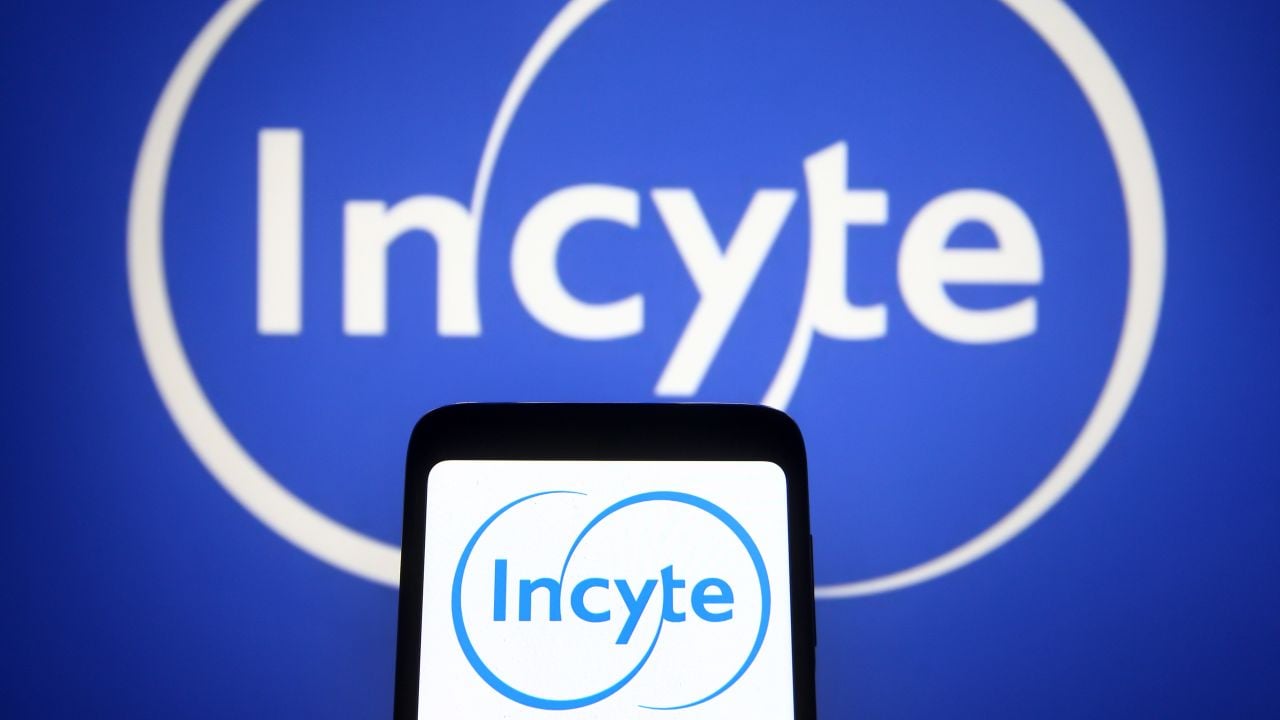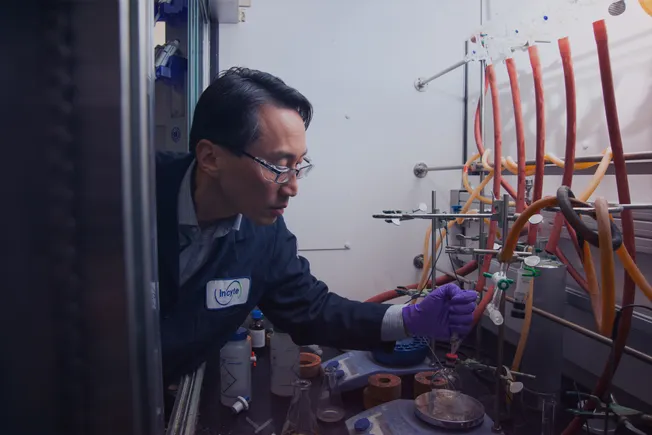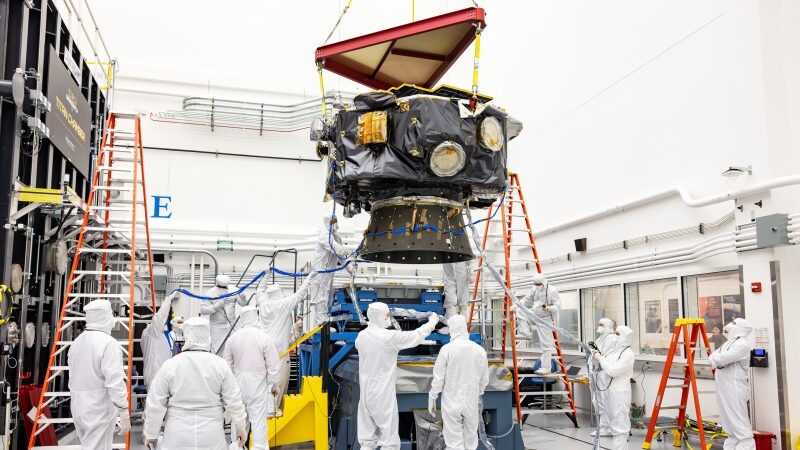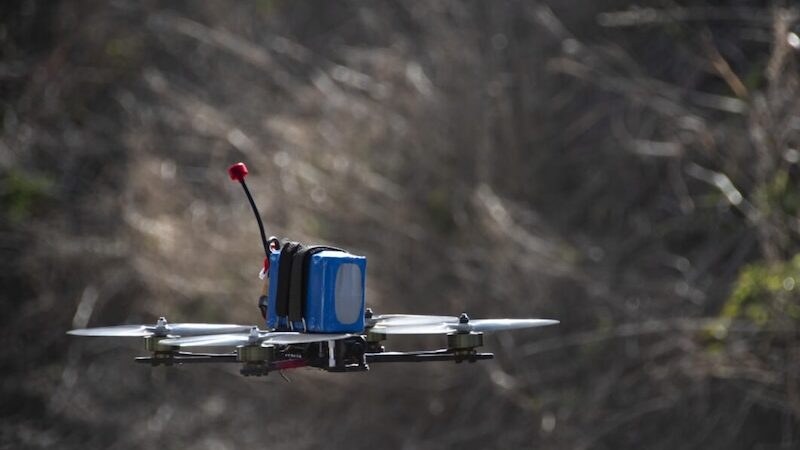5 Lab IoT Breakthroughs Slashing Equipment Downtime
Lab IoT adoption is growing, and recent innovations make it more promising than ever. See how IoT advances can unlock new standards of equipment uptime. The post 5 Lab IoT Breakthroughs Slashing Equipment Downtime appeared first on MedTech Intelligence.

Keeping lab equipment operational is crucial for both safety and efficiency, but it’s often more challenging than it appears. As this machinery grows increasingly sophisticated, there are more ways in which it can malfunction or break down. Thankfully, the growing use of the Internet of Things (IoT) in labs can help.
Laboratory IoT adoption has steadily increased over the years. While this technology can serve many roles, equipment health monitoring for proactive maintenance is one of the most impactful. Several recent technological trends and breakthroughs make this use case all the more beneficial.
1. Sensor Fusion
Predictive maintenance (PdM) is the peak of lab IoT applications for machine uptime. PdM predicts when tools will need repair based on historical and real-time data, enabling earlier fixes and reduced downtime from unneeded maintenance stops. It sometimes has a false positive problem, but sensor fusion can help.
Some operations have seen as many as 1,000 false positive cases annually after implementing PdM, eradicating any uptime-related savings. Single IoT sensors’ lack of data context is a key driver of these errors. Consequently, combining the input of multiple IoT endpoints makes such mistakes less likely.
Sensor fusion involves analyzing multiple factors through different purpose-built sensors. An artificial intelligence (AI) model compares each input to get a more comprehensive idea of the equipment’s actual performance and state. As a result, PdM models can produce more reliable warnings.
2. Edge Computing
While sensor fusion’s impact on PdM reliability is impressive, it does require increased computing complexity. That can be a barrier when many IoT devices have minimal hardware specs. Edge computing, which distributes compute tasks across multiple in-network endpoints, provides a solution.
Processing IoT data locally is often unviable, and using the cloud can lead to lag, which isn’t ideal for fast-moving lab processes. The edge, however, can reduce latency to just 10 milliseconds, compared to 250 milliseconds in a cloud environment. That way, complex tasks like sensor fusion and PdM can be both accurate and efficient.
Improving the speed and precision of real-time maintenance monitoring means labs can catch potential issues earlier. Technicians can fix the equipment sooner to ensure fewer process errors and maximize lab uptime.
3. Environmental IoT Systems
IoT in lab operations can minimize machine downtime outside of maintenance monitors. As environmental IoT solutions like smart HVAC and air pressure sensors have advanced, they’ve opened new solutions for extending equipment lifespans.
Excessive temperatures or humidity can contribute to corrosion, a leading cause of damage in hardware like biosafety cabinets. High concentrations of particulate matter in the air can likewise damage sensitive equipment. IoT-controlled HVAC and air filtration systems prevent such instances by adjusting settings in real time according to current levels and warning employees of potential risks.
Preventing this damage can raise the lifespan of a biosafety cabinet from 15 to 20 years, while failing to catch issues early can lower those numbers. Consequently, environmental IoT devices go a long way in ensuring lab equipment lasts as long as possible.
4. IoT-Enabled Lab Information Management Systems
Advances in lab information management systems (LIMS) likewise drive IoT’s potential for equipment uptime higher. While LIMS platforms are not strictly part of the IoT, new solutions that can connect to IoT endpoints maximize the performance of both technologies.
LIMS provides a single point to consolidate and manage all lab data, including equipment operational factors. Having these solutions communicate with laboratory IoT sensors means they give workers real-time insight into all machines’ current status. Acting on potential errors and optimizing equipment operations becomes much easier as a result.
As of 2023, 70% of pharmaceutical companies and 65% of clinical research firms had already implemented an LIMS. Cloud-based solutions, which typically feature more integrations with other systems, are leading the charge. As these trends continue, LIMS and IoT are growing closer together, leading to significant gains in overall productivity and data accuracy.
5. IoT Cybersecurity Improvements
Laboratory IoT applications can also benefit from recent cybersecurity advancements. IoT devices are notoriously vulnerable to attacks, opening connected lab equipment to hacks that can disrupt their operation or take them offline. As cybercrime grows, the impact of these events on downtime becomes increasingly prominent, but IoT is getting more secure.
Hardware security modules (HSMs) are among the most promising of these innovations. An HSM provides a secure, on-device place to encrypt data, store cryptographic keys and detect and prevent tampering of the endpoint. That way, IoT communications are less susceptible to hacking and can more easily implement data encryption.
HSMs and other embedded security hardware are on track to surpass 8 million shipments by 2028, signifying rising popularity. New, quantum-resistant encryption methods and AI models that can perform tasks like PdM on encrypted data are also growing. Implementing these solutions ensures IoT-connected lab equipment can remain active despite increased cybercrime activity.
Remaining Challenges With Laboratory IoT
These five lab IoT breakthroughs can help science and medical firms get more out of their equipment than ever before. However, they must address a few lingering obstacles this technology presents.
The complexities of implementing and managing IoT systems may pose a challenge. While 70% of labs today say they’re increasing or maintaining their tech spending, IT support is the second-most outsourced process. These figures suggest costs are less of a barrier to IoT for modern labs, but many lack the internal expertise to use it safely and effectively.
Similarly, ensuring compatibility with existing hardware and software solutions can be difficult. The IoT and cloud computing industries are trending in the direction of expanded integrations and interoperability, but some silos remain. Consequently, lab professionals must verify that any IoT solution or LIMS works with their existing equipment before deploying it.
Workforce training and an emphasis on PdM and other IoT functions as a way to streamline operations and reduce workloads are crucial. It will take adaptation, but these obstacles are not substantial enough to eliminate IoT’s value for equipment uptime.
IoT in Labs Can Unlock New Levels of Equipment Reliability
The growing adoption of IoT in labs is a good sign for machine operations. Recent innovations can drive the IoT to enable new standards of uptime and accuracy for laboratories’ most sensitive and mission-critical equipment.
IoT remains an imperfect technology, but so is every tech segment. Learning about the significant barriers and where smart endpoints are most useful will guide better decision-making and more impactful IoT projects.
The post 5 Lab IoT Breakthroughs Slashing Equipment Downtime appeared first on MedTech Intelligence.














































































































































